Have you ever watched a cat snoozing for hours, purring away in a sunbeam, and wondered how they can be so content doing so little? It might surprise you to learn that many cats feel happiest in calm, low-stimulation environments. While images of playful kittens chasing toys fill our social feeds, the truth is that not every feline craves constant excitement. Some cats absolutely flourish in peaceful, quiet homes. If you’ve ever felt guilty that your house isn’t a feline amusement park, take heart—your serene space might be exactly what your cat needs to feel truly safe and happy. Let’s dive into the fascinating reasons why certain cats thrive when life is slow and gentle.
Natural Instincts and Cat Personalities
Just like people, cats have wildly different personalities. Some are bold explorers, while others are cautious observers. A cat’s natural instincts play a massive role in shaping their comfort levels. Cats that are more reserved, shy, or naturally anxious tend to prefer environments with less chaos. In low-stimulation homes, these cats can relax without feeling threatened or overwhelmed. This setting allows their personalities to shine in subtle, heartwarming ways—whether it’s quietly following you from room to room or curling up on a soft blanket. Understanding your cat’s individual temperament is key to helping them thrive.
Reduced Stress and Anxiety
Cats are sensitive creatures, often picking up on even the slightest changes in their surroundings. Too much noise, movement, or unfamiliarity can send their stress levels skyrocketing. In a low-stimulation environment, triggers for anxiety are minimized. This means fewer loud noises, sudden visitors, or unpredictable events. As a result, cats can settle into predictable routines that make them feel safe. Over time, you’ll notice your companion becomes more affectionate and confident, simply because they aren’t constantly on edge.
Safety and Security
One of the most basic feline needs is to feel safe. In wild settings, cats are both predators and prey, which makes them hyperaware of their environment. In a calm home, a cat can let its guard down and truly relax. There are fewer surprises, no boisterous children or other pets to startle them, and minimal risk of being chased or cornered. Safety allows cats to display more trusting, endearing behaviors, like showing their belly or sleeping out in the open. This sense of security is precious for cats that have experienced trauma or neglect in the past.
Ideal for Older or Special Needs Cats
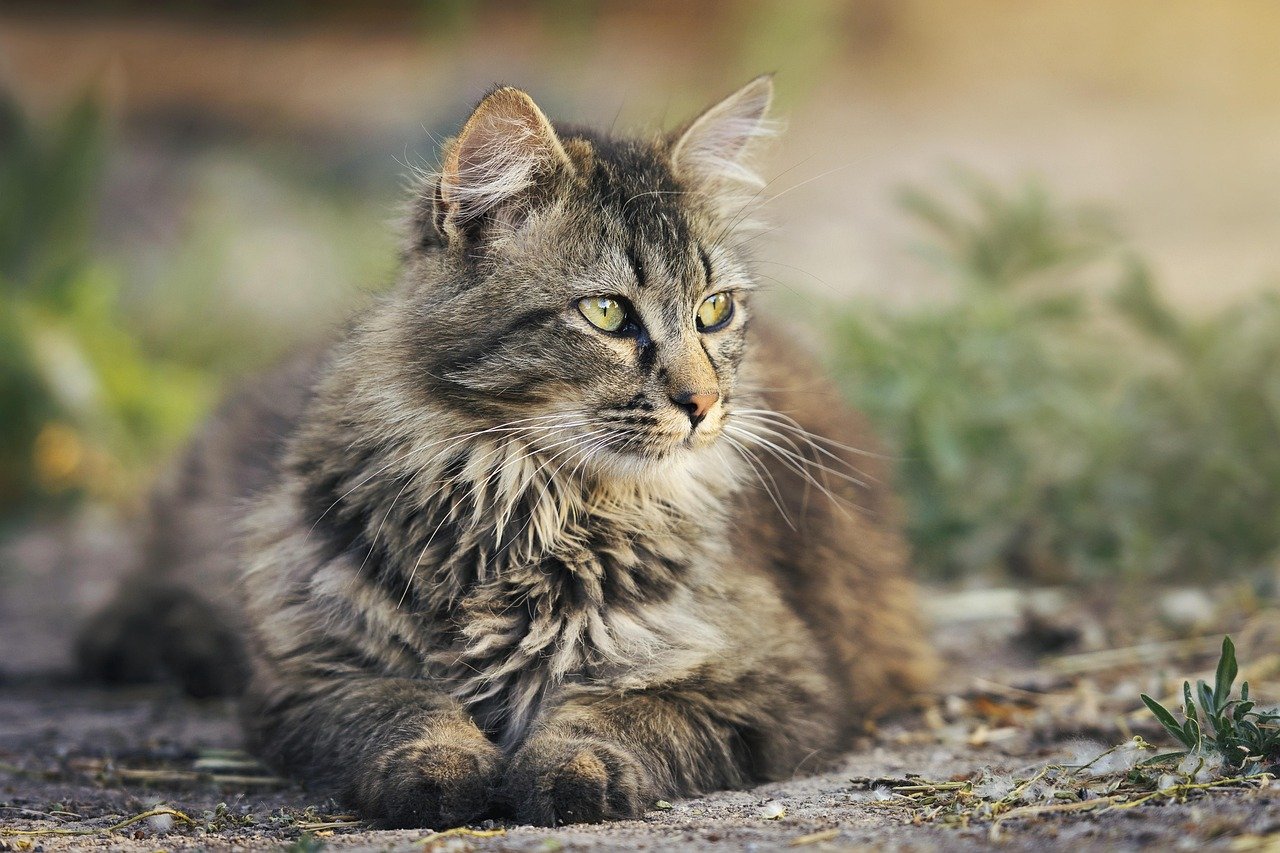
Senior cats or those with medical conditions often find busy environments exhausting. A low-stimulation home is a gentle haven where they can move at their own pace. There are no sudden rushes, loud TV shows, or parties to disrupt their rest. For cats with arthritis, impaired senses, or chronic health issues, peace and predictability can make all the difference in their quality of life. They have the freedom to nap and eat without interruption, and their routines can remain undisturbed.
Helps Shy and Timid Cats Blossom
Cats that start life as strays, or who have had negative experiences with humans, can be naturally skittish. In a quiet home, these cats are given the space and time they need to come out of their shells. Without constant pressure to interact or noisy distractions, shy cats can explore on their terms. Gentle routines and patient owners help them build trust, leading to moments of pure magic when a once-fearful cat finally curls up in your lap. It’s a slow, rewarding process that often leads to the deepest bonds.
Promotes Healthy Sleep Patterns
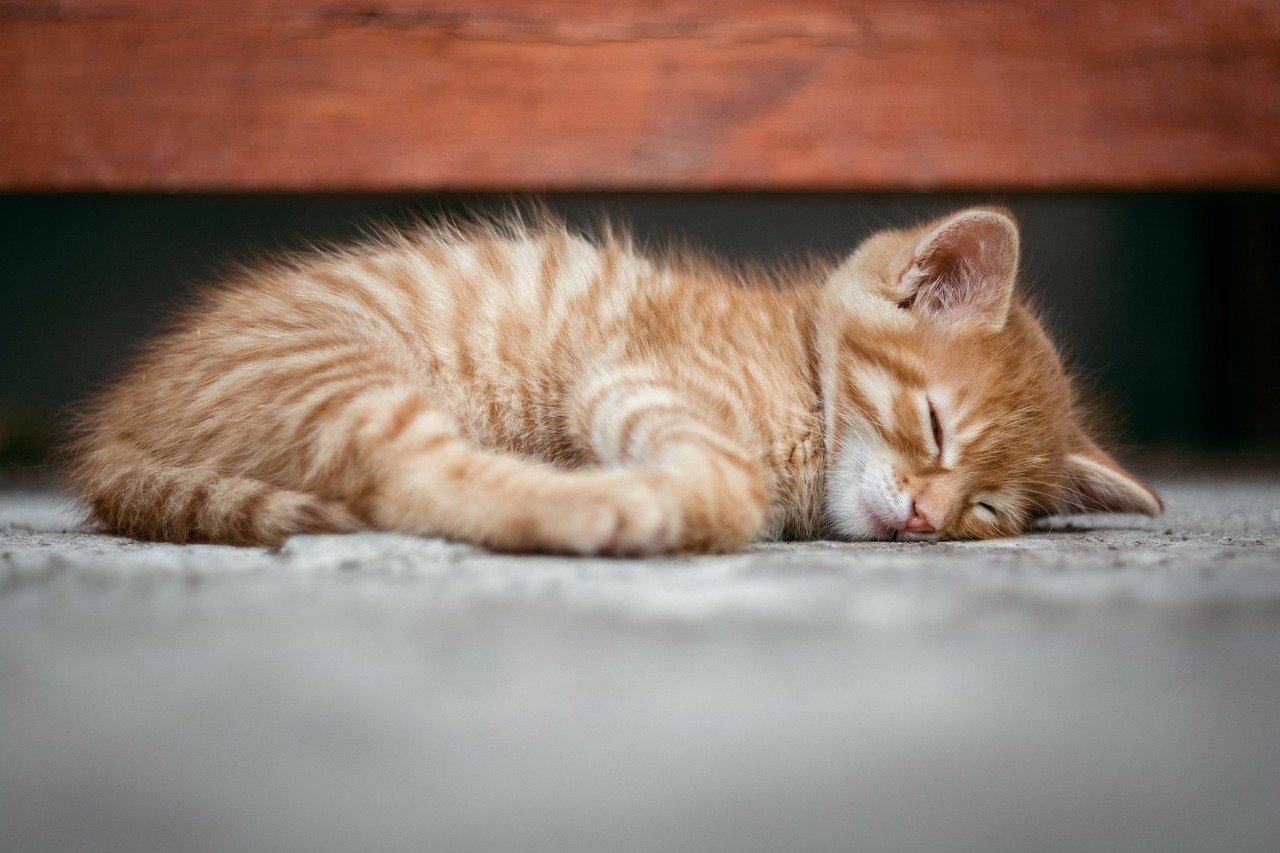
If cats could write a book, it would probably be titled “Sleep: The Secret to Happiness.” Cats need plenty of rest—some sleep up to 16 hours a day! Low-stimulation homes make it easy for cats to indulge in their favorite activity. Without frequent interruptions or loud noises, they can doze peacefully, which supports both their physical health and emotional well-being. Well-rested cats are less irritable, more playful during their awake hours, and generally more content.
Consistency and Routine
Cats adore routine. They thrive on knowing when their meals will arrive, where their favorite napping spots are, and who will be around them day-to-day. Low-stimulation homes tend to be more predictable, with fewer abrupt changes to their environment. This consistency reassures cats and minimizes their stress. Over time, you’ll see your cat become more confident and even adventurous, simply because their world feels safe and familiar.
Better for Cats with Sensory Sensitivities
Just as some people dislike bright lights or loud noises, some cats have heightened senses that make busy environments overwhelming. These cats may be startled by the vacuum, nervous around visitors, or bothered by constant activity. A low-stimulation home caters to their sensitivities, providing a gentle atmosphere where they can relax without sensory overload. This is especially important for breeds known for being sensitive, such as Siamese or Russian Blue cats.
Less Risk of Overstimulation
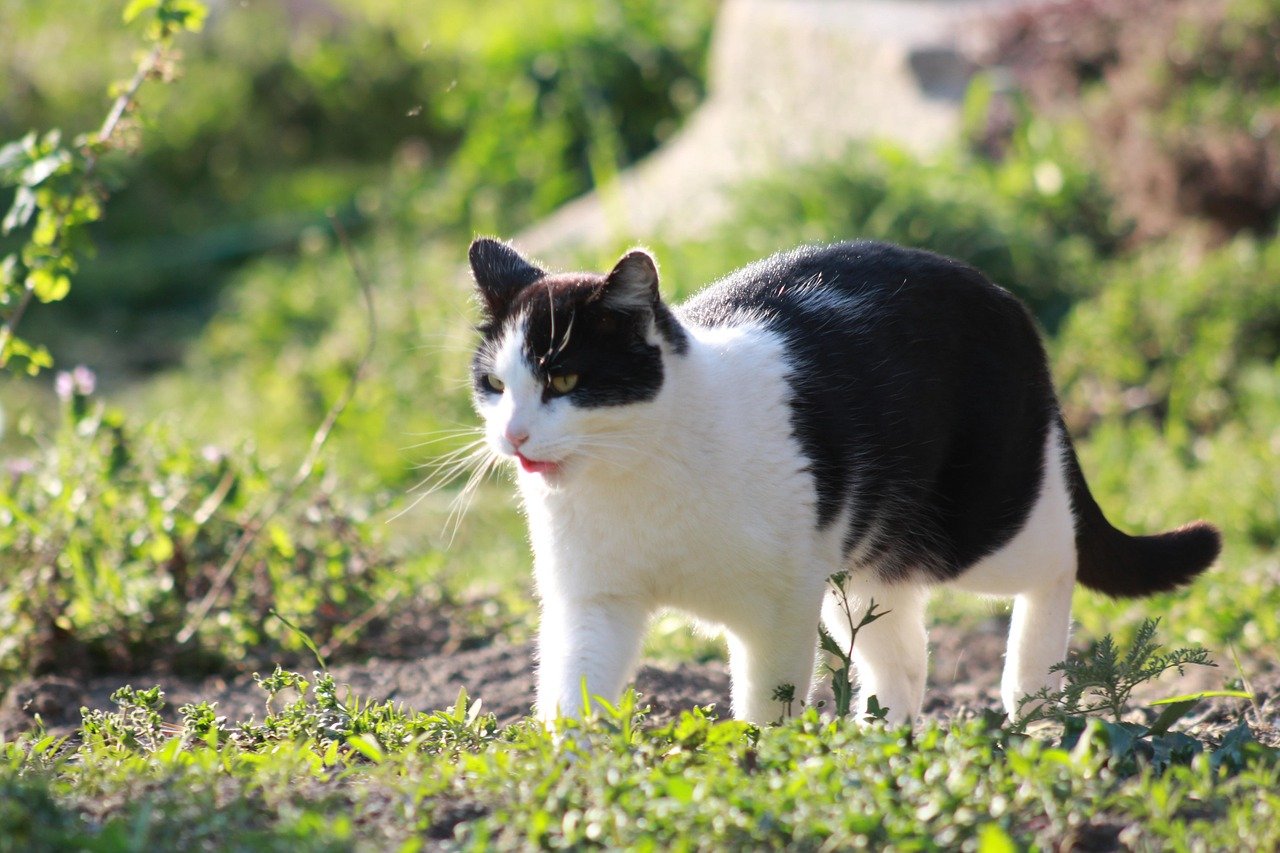
Overstimulation in cats can lead to sudden mood swings, such as biting or scratching after too much petting or play. In a calm home, the risk of these episodes is greatly reduced. The cat can set its own pace for interaction and play, and there are fewer opportunities for accidental overstimulation. Owners can more easily read their cat’s body language, responding appropriately when their pet needs a break. This understanding leads to a more harmonious relationship.
Supports Bonding and Trust-Building
Low-stimulation homes create the perfect backdrop for deepening the bond between cat and owner. With fewer distractions, owners can spend quiet, quality time with their pets. Simple moments—like gentle brushing, soft talking, or a shared afternoon nap—become treasured rituals. These experiences build trust, especially for cats that have been wary or aloof. It’s amazing how a peaceful environment can turn even the most distant feline into a loving companion.
Encourages Independent Play
When there’s not a whirlwind of activity, cats are more likely to engage in independent play. They might bat at a favorite toy, chase a dust mote, or simply entertain themselves with a cardboard box. These moments of solo fun are healthy and natural for cats. In a busy household, these opportunities can be lost among the noise and chaos. Low-stimulation homes let cats explore and play on their own terms, which is vital for mental stimulation.
Minimizes Behavioral Issues
Cats in overstimulating environments may develop problematic behaviors, like aggression, excessive meowing, or inappropriate scratching. In contrast, calm homes help prevent these issues from arising in the first place. When cats don’t feel overwhelmed, they’re less likely to act out. Owners may notice fewer accidents outside the litter box, less destructive behavior, and a generally more peaceful coexistence. A relaxed cat is a well-behaved cat.
Improves Appetite and Digestion
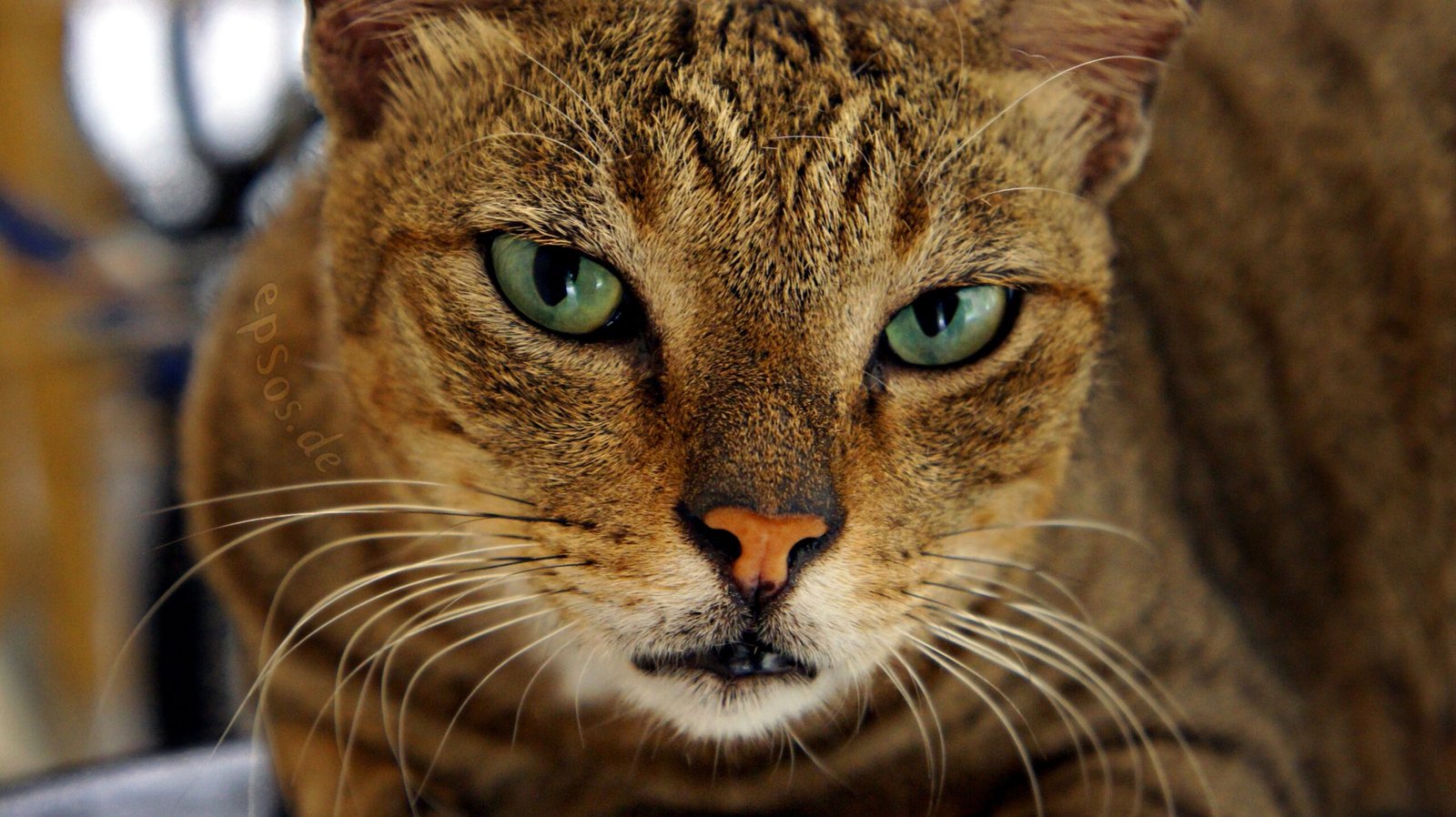
Stress can wreak havoc on a cat’s appetite and digestion. In chaotic homes, some cats become picky eaters or even develop digestive issues. A calm setting helps maintain healthy eating habits. Cats are more likely to eat regular meals without feeling rushed or threatened. This, in turn, promotes better digestion and overall health. Owners might even notice their cats gaining healthy weight and having shinier coats.
Fosters Emotional Stability
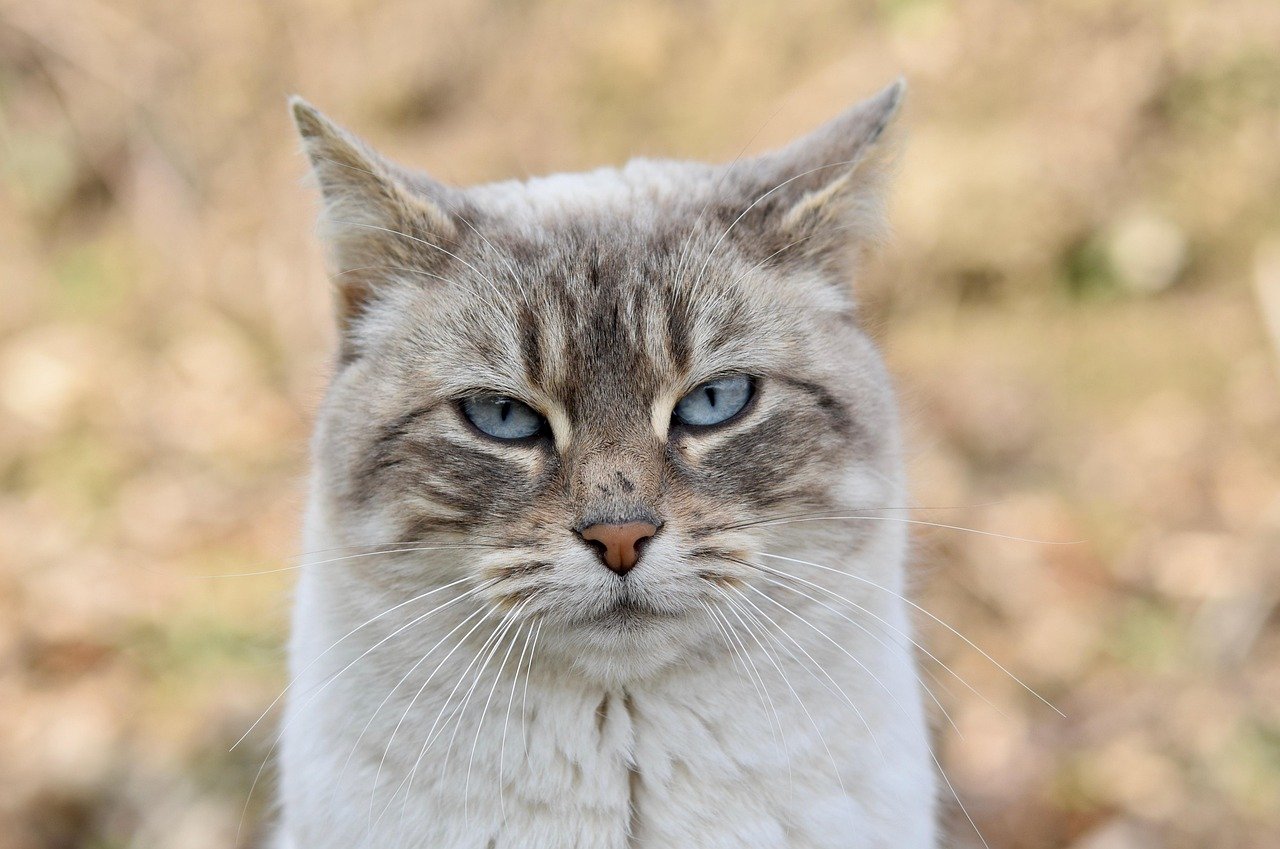
Much like people, cats need emotional stability to feel their best. In a low-stimulation home, mood swings and anxiety are less common. Cats become more predictable in their behavior, and emotional outbursts decrease. This stability benefits both cat and owner, leading to a smoother, more enjoyable relationship. Watching your cat grow more confident and settled is one of the most rewarding experiences for any pet parent.
Allows for Gentle Socialization
Cats that are easily overwhelmed by too many people or other pets benefit greatly from gradual, gentle socialization. In a quiet home, socialization can happen slowly and on the cat’s terms. Owners can introduce new experiences, people, or even other animals in a way that feels safe for their feline friend. This encourages positive associations and reduces the likelihood of fear-based aggression or hiding.
Perfect for Introverted Owners
Let’s not forget the humans in the equation. Some people prefer quiet, peaceful homes, and their personalities mesh perfectly with cats that thrive in similar environments. This creates a harmonious household where both human and feline companions feel comfortable and at ease. Instead of feeling pressured to entertain their pet constantly, owners can enjoy the subtle, soothing company of a contented cat.
Less Chance of Territorial Disputes
Multiple pets or high-activity households can lead to territorial disputes among cats. In a low-stimulation home, there’s less competition for space, toys, and attention. This decreases the likelihood of fights or marking behaviors. Cats can establish their favorite spots and routines without feeling threatened by others. The result is a more peaceful coexistence and a happier home for everyone.
Promotes Mindful Ownership
Caring for a cat in a low-stimulation home encourages owners to be more mindful of their pet’s needs. Quiet moments together allow for closer observation—owners can spot subtle changes in behavior or health more easily. This mindfulness leads to better care, faster responses to health issues, and a stronger connection. It’s a relationship built on mutual respect and understanding.
Encourages Observation and Curiosity
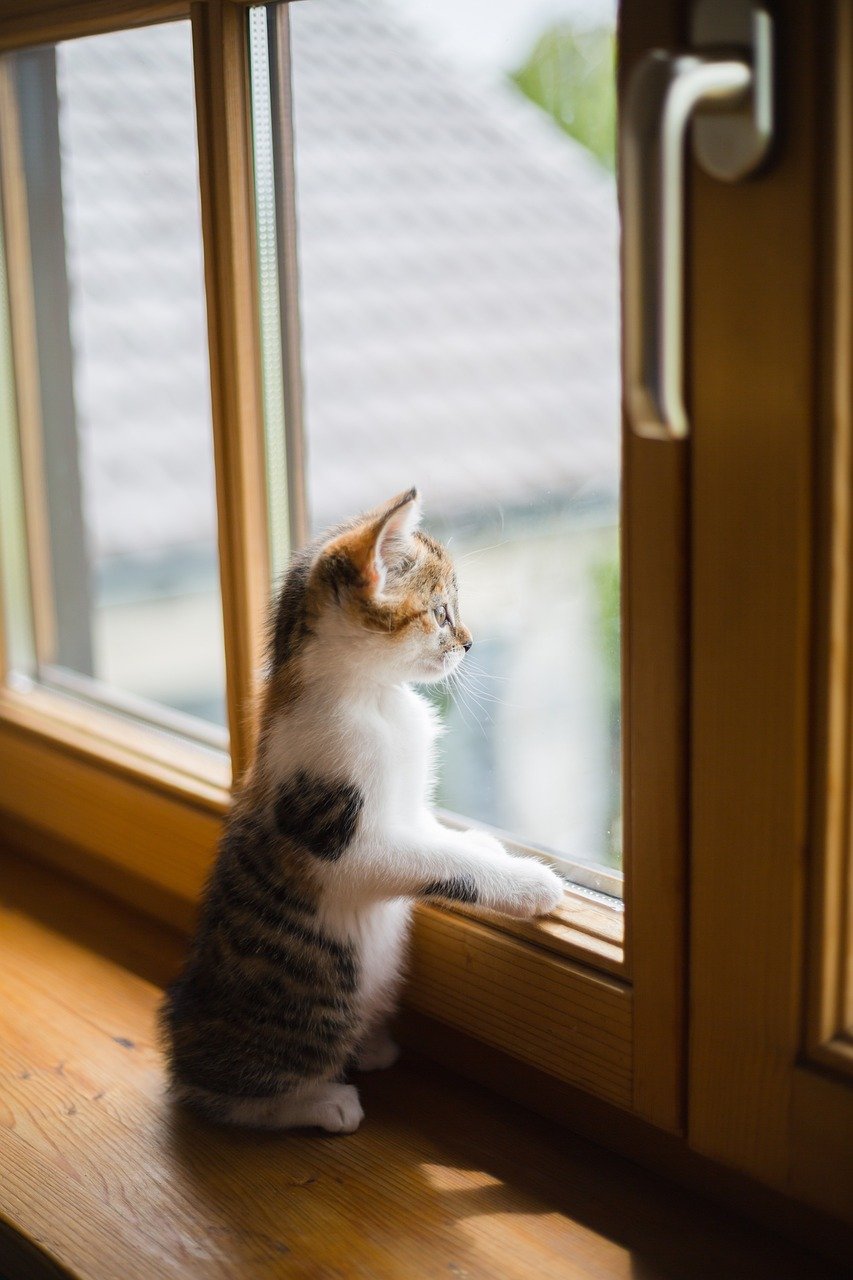
In peaceful homes, cats have the chance to watch the world go by at their own pace. Whether it’s gazing out a window at birds or quietly watching you cook dinner, these moments fuel their natural curiosity. Without overwhelming stimulation, cats become more observant and engaged with their environment in a gentle, thoughtful way. It’s a delight to see a cat’s eyes light up at a fluttering leaf or a sunbeam moving across the floor.
Unique Bonds and Quiet Joys
The beauty of a low-stimulation home is the unique bond it fosters between cat and owner. There may be fewer wild playtimes, but there are abundant quiet joys—a cat softly purring as you read, the gentle weight of a kitty curled against your side, the trust in their eyes as they settle in for a nap. These moments are precious, simple, and deeply fulfilling for both cats and their humans.
Embracing the Calm for Feline Happiness
Cats can find true happiness and thrive in low-stimulation homes where peace, safety, and gentle routines rule. For many felines, calm isn’t boring—it’s bliss. Does your cat love the quiet life?
Hi, I’m Bola, a passionate writer and creative strategist with a knack for crafting compelling content that educates, inspires, and connects. Over the years, I’ve honed my skills across various writing fields, including content creation, copywriting, online course development, and video scriptwriting.
When I’m not at my desk, you’ll find me exploring new ideas, reading books, or brainstorming creative ways to solve challenges. I believe that words have the power to transform, and I’m here to help you leverage that power for success.
Thanks for stopping by, Keep coming to this website to checkout new articles form me. You’d always love it!






